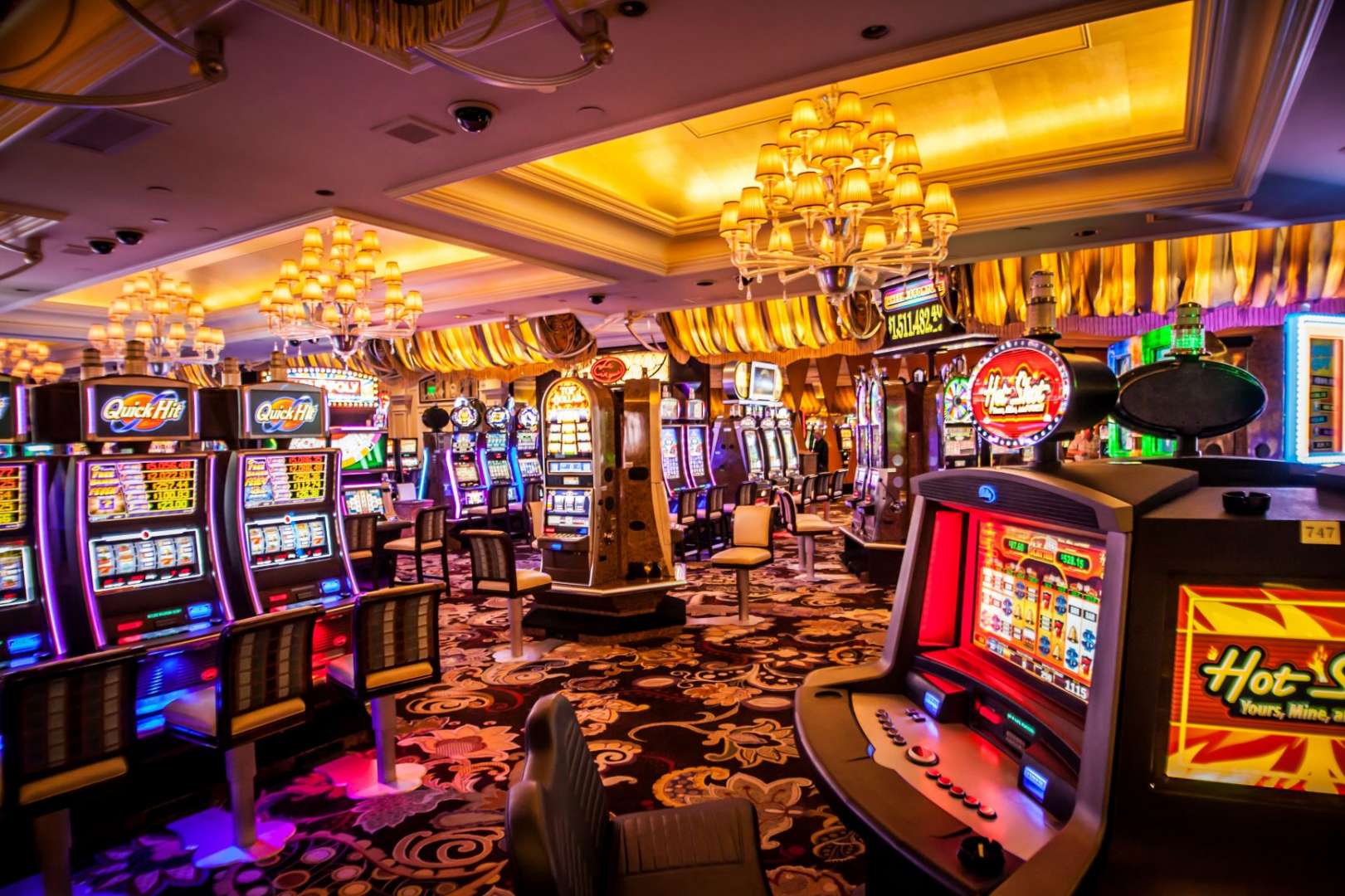Casino entertainment have long been a fascinating entertainment option, drawing numerous of players from varied cultures around the globe. From the lively casinos of Vegas to the thriving gambling halls of the Chinese gambling capital, these games serve as a common thread that unites people across various backgrounds. The allure of luck, skill, and risk entices not only those seeking to gamble for profit but also those seeking a shared experience.
The influence of casino games extends significantly past the gaming floor. They often represent the social norms and beliefs of the cultures in which they thrive. Games such as poker, pontoon, and the spinning wheel have woven themselves into the tapestry of cultural phenomena, influencing everything from movies to clothing. As we explore this captivating intersection of chance and culture, we can comprehend better how these games shape and are shaped by the environment surrounding us.
Historical Progression of Casino Games
The roots of gaming games can be traced back to historical cultures, where gambling in different forms was extensively practiced. In the East, around two thousand three hundred years before Christ, a variant of luck game known as Keno was popular, while in historic the Roman Empire, soldiers would regularly bet on the results of their contests. The idea of using randomness for amusement and income progressed over the years, leading to the establishment of more organized games. By the late Middle Ages, betting houses started to appear in Europe, especially in Italy, which brought forth early forms of famous games still practiced today.
As betting expanded recognition in the continent, the 17th and 18th centuries saw the rise of gaming houses as specialized venues for gambling. u888com.gg The earliest official gaming venue, the Ridotto, was set up in Venice in sixteen thirty-eight, featuring activities like Baccarat and the game Faro. This era marked a major shifting point, as casinos began to attract not just the high society but also the expanding middle class. The sophistication of activities grew, leading to the introduction of new rules and versions that improved the play experience.
In the 19th century, the industrial age and shifts in social standards also transformed the environment of casino games. The introduction of the game of roulette and new one-armed bandits pulled in a more diverse clientele, and gaming houses became seen as legitimate forms of fun. This time witnessed the international spread of casino activities, as gambling houses expanded from Europe to the Americas, culminating in the creation of the legendary Las Vegas Boulevard in the twentieth century. The evolution of gambling games has continued into the present day, incorporating new technologies and digital sites, rendering them open to a global audience.
## Cultural Importance within Diverse Societies
Gambling games have deep-rooted cultural importance within numerous cultures throughout the globe. In Las Vegas, the very core of the urban landscape is woven around gambling establishments, where gaming is not just a pastime but a central aspect of social engagement and social interaction. The bright lights and lively atmosphere attract millions, showcasing how gambling activities can influence local economies and local cultures. This surrounding transforms the notion of relaxation into an immersive encounter that affects apparel, sound, and even cinema.
Conversely, some cultures view gambling with greater care, seeing it through the lens of ethical beliefs and tradition. For instance, in numerous Asian cultures, games like Mahjongg and Pai Gow Gambling are steeped in history and possess significant social relevance. These games are often played during meetings and celebrations, fostering collective connections and strengthening kinship ties. The act of playing these games goes past mere leisure, reflecting principles such as respect for elders and the importance of collective enjoyment.
Simultaneously, in continental countries such as Monte Carlo and the Italian Peninsula, games of chance serve as symbols of wealth and elegance. The stylish atmosphere of these venues attracts both travelers and locals, reinforcing a sense of prestige and exclusivity. The art of the game of poker and the strategic elements of games like baccarat are appreciated, shaping social dynamics and creating an attraction that fascinates a heterogeneous audience. This underscores how games of chance can both mirror and mold cultural perspectives towards hazard, benefit, and community interaction.
Economic Impact and Travel Industry
Gambling activities play a significant role in the financial context of many areas, particularly those that rely heavily on visitor traffic. The revenue produced from gambling establishments fuels local financial systems, creating employment opportunities not only within the casinos but also but also in connected industries such as hotel management, restaurant services, and entertainment. This influx of tourists, drawn by the allure of gambling and the overall gaming environment, stimulates spending across multiple local enterprises, contributing to the economic vitality of the area.
The presence of casinos often leads to the construction of facilities, including lodging, public transit, and leisure amenities. These improvements are essential in improving the overall tourist experience, making locations more attractive to tourists. Additionally, many casinos contribute in local communities through support of activities and philanthropic initiatives, further embedding themselves into the social fabric of the locality. Such contribution not only supports economic growth but also fosters a positive image of the gambling sector.
Moreover, the global popularity of casino games drives competitive tourism, with regions vying to attract gamblers from around the world. Iconic locations like Las Vegas and Macau have become identifiable with gambling culture, drawing millions annually. This competitive edge encourages innovation and variety within the gambling sector, influencing developments in entertainment and accommodation that extend beyond their borders. The ripple effects of this visitor influx extend far, impacting local economies and cultural interactions on a global scale.

